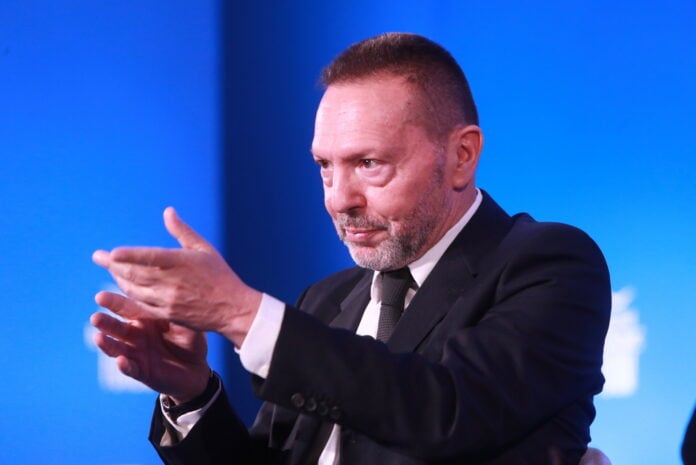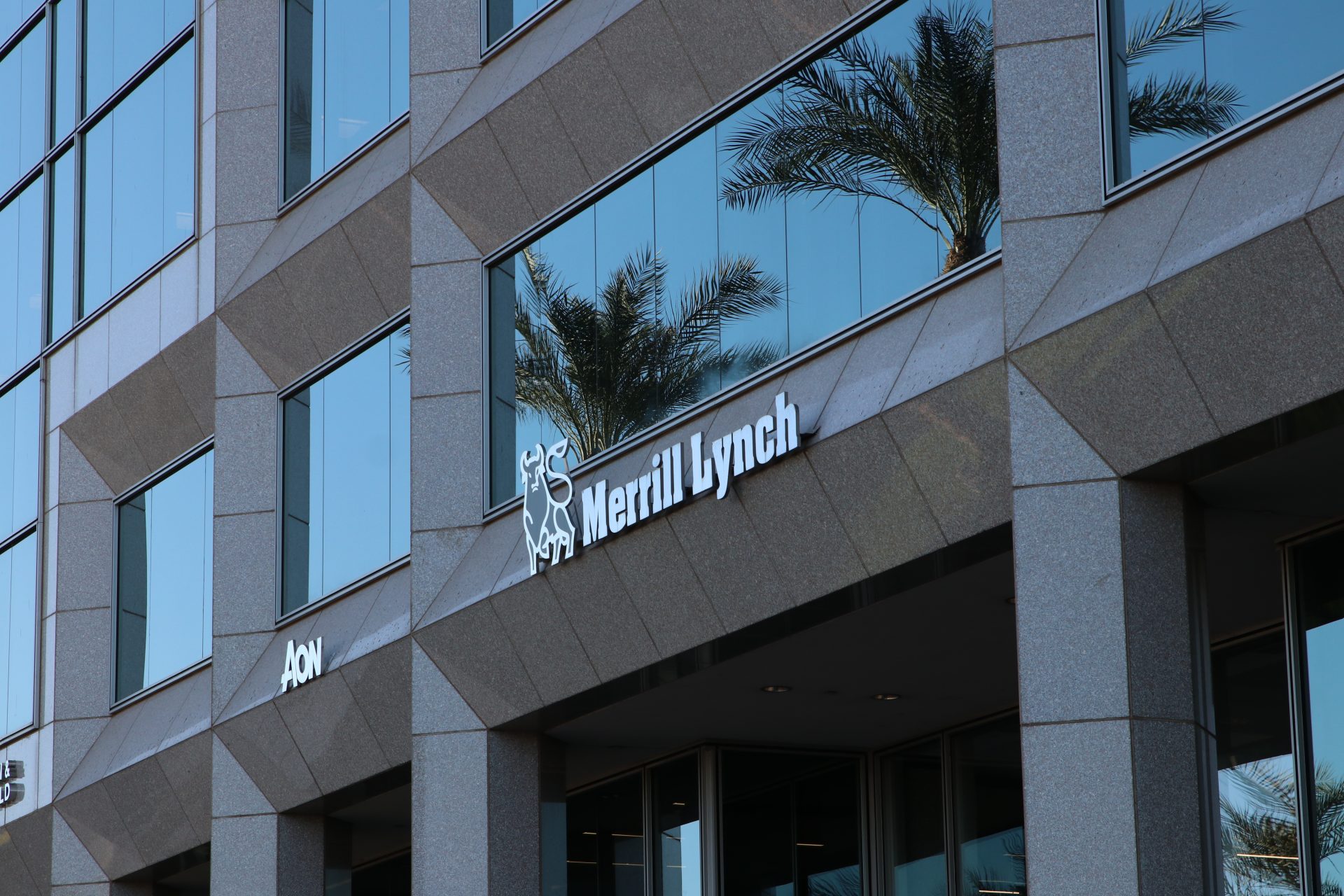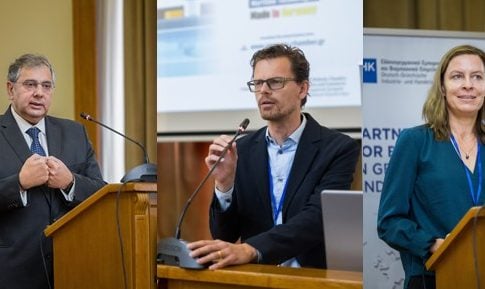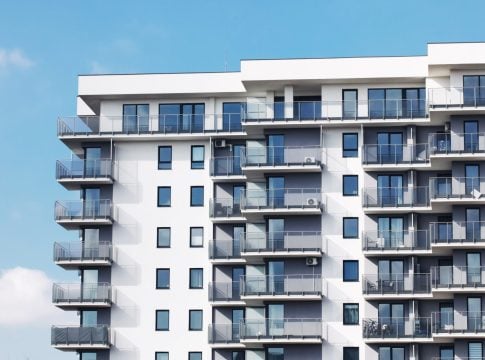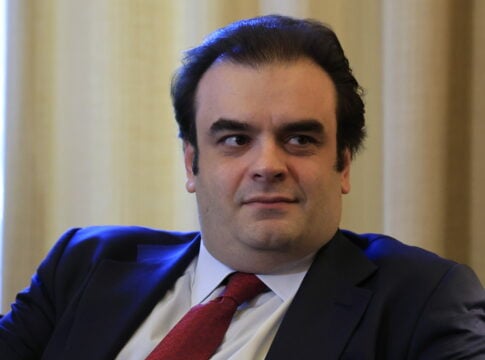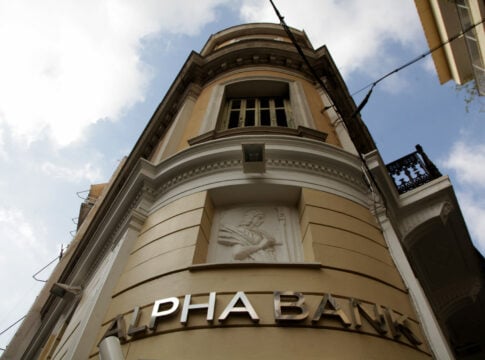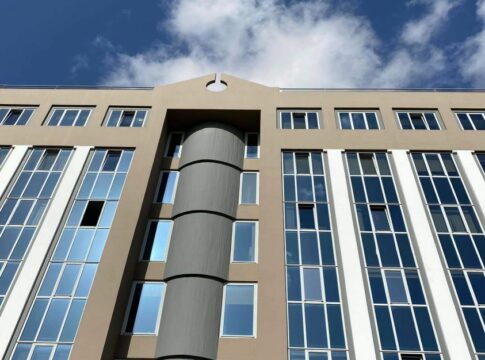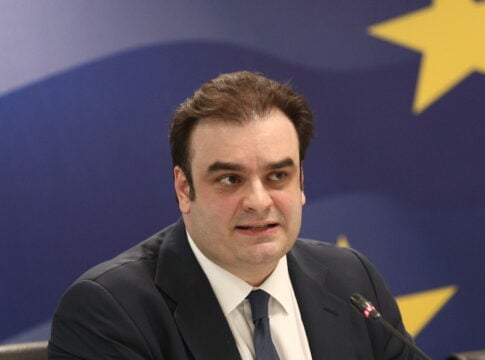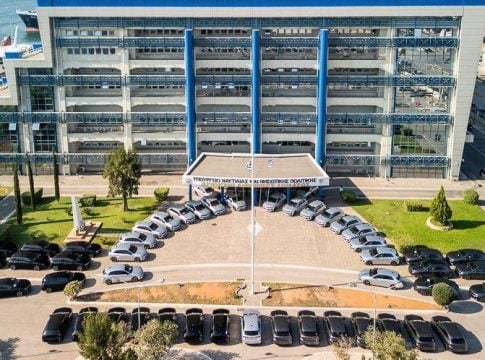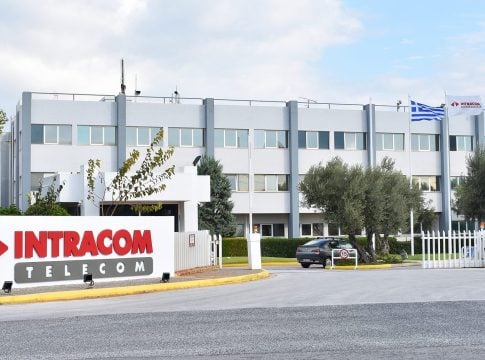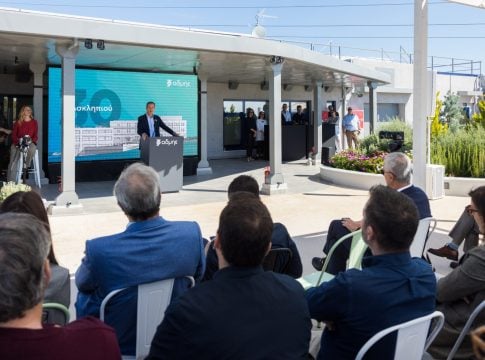The challenges facing the Eurozone dominated the speech of Bank of Greece (BoG) Governor, Yannis Stournaras, to the ambassadors of the EU member states in Athens.
Speaking at the event organized by the Polish Embassy in Athens on the occasion of the assumption of the Presidency of the Council of the European Union by the Republic of Poland, Stournaras stated that the Eurozone is at a critical juncture, at a crossroads, also speaking of a “picture of low growth performance.”
According to the Stournaras, among the main areas of concern for the Eurozone are competitiveness, the announced trade policy by the new President of the United States and uncertainty on the international scene.
“Uncertainty about geopolitical, trade and financial developments could weigh heavily on economic sentiment and confidence, making it more difficult for consumption and investment to recover,” he said.
“We have failed to compete with the US technology giants, while our economies remain stagnant, and are also facing fiscal difficulties. The eurozone economy has recorded an average quarterly growth rate of just 0.3% over the last 12 quarters, while the corresponding rate in the US economy is comparatively much higher in the same period. In addition to our own problems, the new President of the United States of America seems to be carrying out his campaign promises regarding import tariffs,” he said.
Trump tariffs could cut eurozone GDP by up to 0.5%
The central banker estimated that a 10% US tariff on all eurozone imports, combined with higher uncertainty about future US-EU trade relations, could reduce eurozone GDP growth by up to 0.5 percentage point within a year.
“The prospect of an aggressive US trade policy, combined with possible retaliation from its trading partners, is expected to have far-reaching economic consequences, further straining the eurozone’s position,” he said.
He also estimated that the ECB’s key interest rate could fall to 2% by the end of the year while he described the decline in inflation as “rapid” “from a high rate of around 10.5% in October 2022 to 2.5% in January 2025.”


